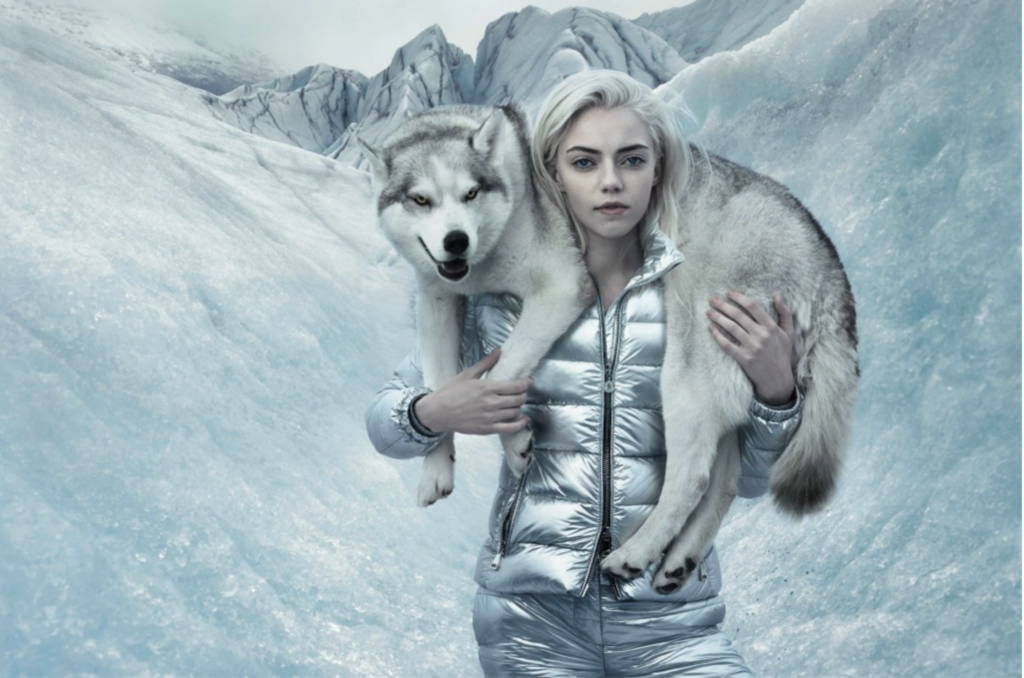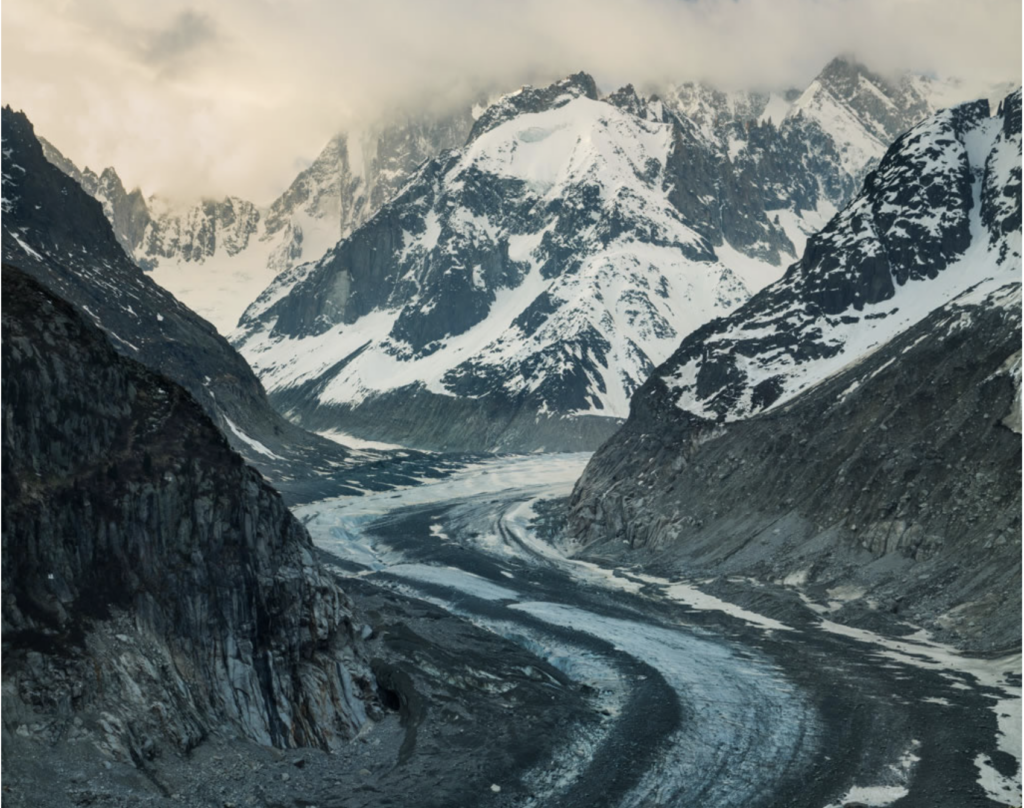Winter landscapes, adorned with pristine blankets of snow and delicate icicles, provide a captivating canvas for photographers seeking to immortalize the serene and magical essence of the season. In this comprehensive guide, we will delve into advanced techniques and professional insights to empower both seasoned photographers and beginners to elevate their winter photography game and craft stunning visual narratives of the frosty wonderland.
Understanding Exposure for Crisp Snow
One of the challenges photographers face in winter landscapes is maintaining the crispness of the snow. To overcome this, understanding exposure is crucial. In snowy environments, the reflective nature of snow can lead to overexposed images. Professionals often recommend increasing exposure compensation by about +1 to +2 stops to prevent the camera’s metering system from underestimating the brightness of the scene.
Additionally, mastering the use of a polarizing filter can significantly enhance winter photography. By reducing glare and enhancing contrast, a polarizer helps in capturing the textures and details of the snow. This tool becomes particularly valuable when shooting during bright, sunny days.
Composition Techniques for Icy Scenes
Composition plays a pivotal role in transforming a winter scene into a compelling visual narrative. Beyond the obvious beauty of snow-covered landscapes, photographers can experiment with leading lines, framing elements, and focal points to create depth and interest in their photographs.
Leading lines, such as a winding path through the snow or a row of trees covered in frost, guide the viewer’s eyes through the image. Incorporating elements like frozen branches or icicles as natural frames adds a layer of depth and visual intrigue. Remember to pay attention to the rule of thirds, placing key elements off-center for a more balanced and aesthetically pleasing composition.
Harnessing Natural Light for Ethereal Beauty
Winter’s unique light conditions provide an excellent opportunity for photographers to experiment with different tones and moods. The soft, diffused light on cloudy days can evoke a sense of calm and tranquility, while the warm hues during sunrise and sunset can infuse warmth into an otherwise chilly scene.
Professional photographers often plan their shoots during the golden hour – the period shortly after sunrise or before sunset – to capture the landscape bathed in soft, warm light. This not only adds a touch of magic to the images but also enhances the contrast between the snow and the surroundings, creating a visually stunning effect.
Professional Insights and Examples
To gain a deeper understanding of these techniques, let’s explore how renowned photographers have applied them to capture the winter wonderland:

Annie Leibovitz, known for her iconic portraits, incorporates the magic of winter into her work by focusing on the interplay of natural light on snow-covered landscapes. In her series “Winter Whispers,” Leibovitz captures the subtleties of winter’s beauty through carefully composed images, where soft light highlights the intricate details of frost and snow.

Art Wolfe, renowned for his nature photography, showcases the diversity of winter scenes in his collection “Winter Symphony.” Wolfe skillfully utilizes exposure adjustments to maintain the clarity of snow, ensuring that each image conveys the crisp, cold atmosphere of winter.

Thomas Heaton, a landscape photographer, emphasizes the importance of composition in his winter photography. In his series “Frozen Wilderness” Heaton masterfully uses leading lines formed by frozen rivers and snow-covered paths to draw viewers into the heart of his wintry landscapes, creating a sense of exploration and wonder.
Capturing the essence of winter landscapes requires a combination of technical skill, creative vision, and an understanding of the unique challenges posed by the season. By mastering exposure adjustments, experimenting with composition techniques, and harnessing the beauty of natural light, photographers can elevate their winter photography game and create stunning visual narratives of the frosty wonderland.
As you embark on your winter photography journey, draw inspiration from the insights shared by professionals and allow your creativity to flourish in the midst of the magical and serene winter landscapes. With these advanced techniques and a deeper understanding of the craft, you’ll be well-equipped to transform ordinary scenes into extraordinary visual stories that celebrate the beauty of winter.

